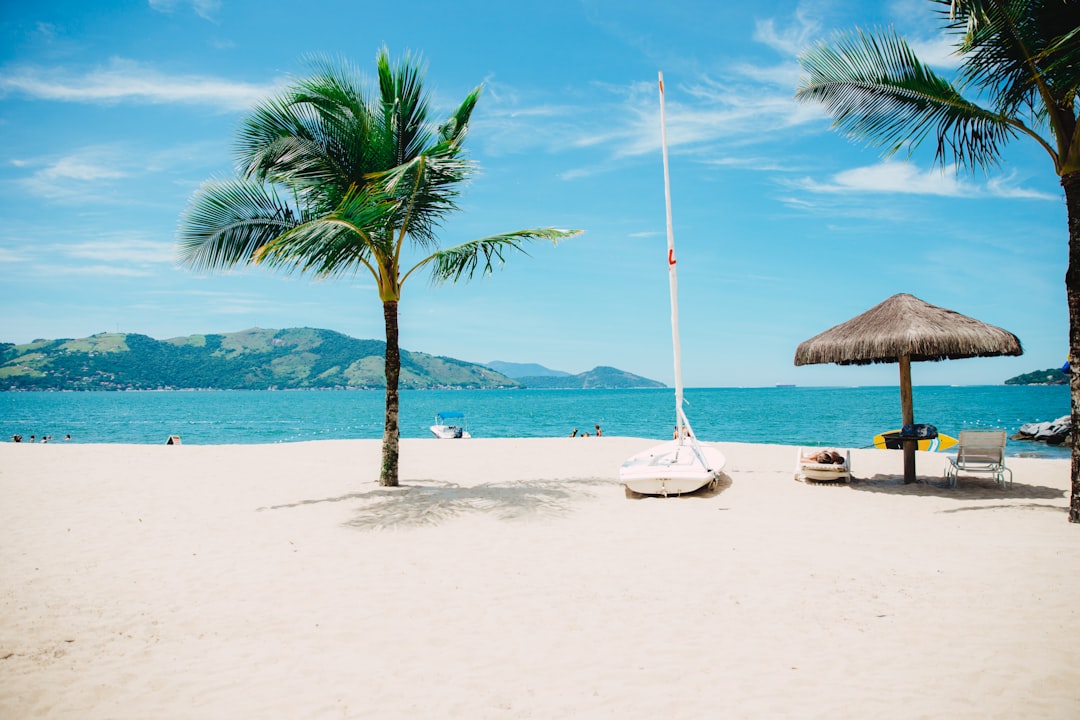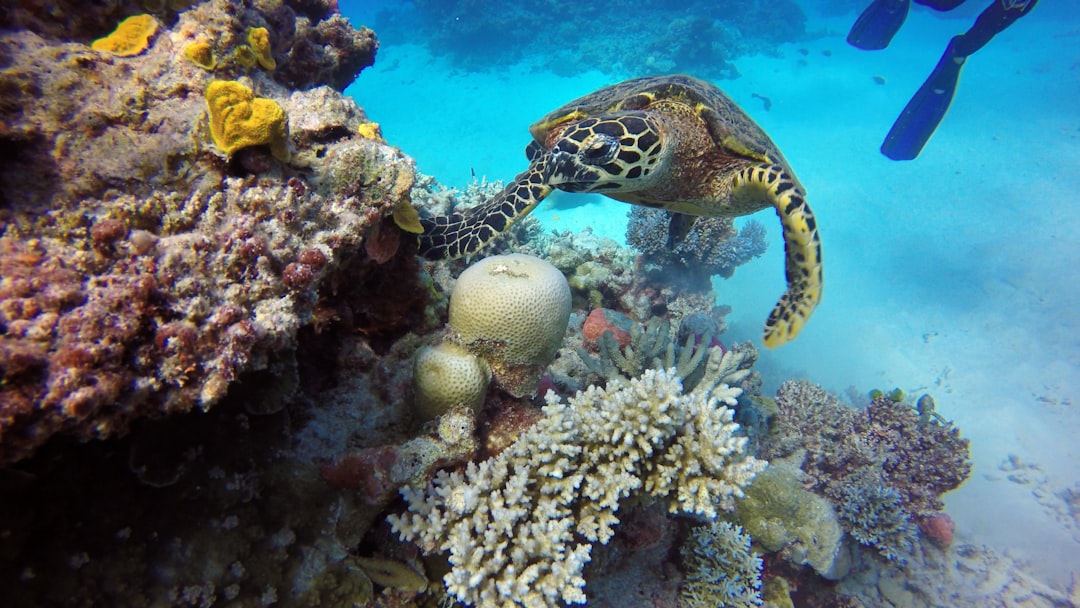Uncover the stunning beaches of the Great Barrier Reef, from the pristine white sands of Whitehaven Beach to the secluded shores of Orpheus Island and Vlasoff Cay, offering breathtaking views and unique beach experiences.

Overview of the Great Barrier Reef
The Great Barrier Reef is not just a coral reef system; it is a mesmerizing natural wonder that stretches over 1,400 miles along the coast of Queensland, Australia, making it the world’s most extensive coral reef system. This UNESCO World Heritage Site is renowned for its stunning beaches, crystal-clear waters, and diverse marine life, creating an unparalleled blend of natural beauty. The region offers an opportunity to explore vibrant coral reefs, picturesque islands, and lush rainforests in one breathtaking location.
What makes the Great Barrier Reef exceptional is its ability to immerse visitors in the wonders of the marine world. The stunning beaches, in combination with the rich marine life, make it a must-visit destination for beach and nature enthusiasts alike. Whether it’s snorkeling in the crystal-clear waters, basking in the sun on the pristine sandy beaches, or exploring the vibrant coral formations, the Great Barrier Reef offers an unparalleled opportunity to experience the magnificence of the natural world. This destination captures the imagination and leaves a lasting impression on all who have the privilege of experiencing its beauty.
Exploring the Unique Beaches
The stunning beaches of the Great Barrier Reef are distinguished by their unique features, drawing visitors worldwide to experience their natural beauty. For instance, Whitehaven Beach, with its powdery white sand and crystal-clear turquoise waters, has been consistently recognized as one of the most beautiful beaches globally, making it a must-visit location for beach enthusiasts and nature lovers. The beach’s unique composition and picturesque views provide an unparalleled setting for relaxation and exploration.
In addition to Whitehaven Beach, other remarkable beaches such as Palm Cove, Mission Beach, and Magnetic Island offer their distinctive attractions. Palm Cove, for example, is renowned for its palm-fringed shores and serene ambiance, making it an ideal destination for strolls along the coastline and water activities such as snorkeling and swimming. Similarly, Mission Beach entices visitors with its lush rainforest backdrop and a seamless blend of pristine beaches and vibrant marine life, allowing visitors to immerse themselves in the region’s natural splendor.
Moreover, the Great Barrier Reef’s beaches offer a sense of exclusivity and tranquility, with some accessible only to specific guests or through unique means. This exclusivity adds to the allure of the beach experience, allowing visitors to escape the hustle and bustle of more crowded destinations and enjoy a serene and unspoiled coastal environment. These remarkable features and access restrictions contribute to the unique charm and appeal of the secluded beaches within this iconic UNESCO World Heritage Site.
 Marine Diversity and Coral Reefs
Marine Diversity and Coral Reefs
The marine diversity of the Great Barrier Reef is simply awe-inspiring. It is home to various marine life, from vibrant schools of fish to graceful sea turtles. The colorful fish species, including parrotfish, angelfish, and butterflyfish, create a mesmerizing underwater spectacle for snorkelers and divers alike. The region’s coral reefs provide a vital ecosystem for these marine species, offering shelter, food, and breeding grounds. The intricate network of coral formations sustains a delicate balance of life, making the Great Barrier Reef one of the most biodiverse marine environments on the planet.
One remarkable example of the Reef’s ecological significance is Michaelmas Cay, a small coral sand island in the Great Barrier Reef Marine Park. During the breeding season, this cay serves as a vital nesting site for thousands of seabirds, including common noddies and crested terns. Additionally, Michaelmas Cay is a crucial site for green sea turtles, which use the island’s beaches to lay their eggs. The presence of these nesting habitats underscores the vital role of the Great Barrier Reef in supporting diverse wildlife populations and maintaining the ecological equilibrium of the entire region. The interconnectedness of marine life, coral reefs, and nesting grounds underscores the importance of conservation efforts to preserve this natural wonder for future generations.
Snorkeling and Diving Experiences
The Great Barrier Reef is a haven for snorkeling and diving enthusiasts, offering unparalleled opportunities to explore its underwater wonders. With crystal-clear waters and abundant marine life, the region offers adventure seekers an immersive and captivating experience. Snorkelers and divers can witness the vibrant coral gardens and encounter diverse marine species, including colorful fish, sea turtles, and other fascinating creatures.
For those seeking an extraordinary underwater adventure, Pelorus Island is a prime location for direct access to pristine fringing reefs. This unique feature allows visitors to seamlessly transition from the sandy shore to the mesmerizing underwater realm, where they can marvel at the spectacular marine biodiversity. The opportunity to snorkel and dive directly off the beach offers unparalleled convenience and the chance to witness the Reef’s beauty up close, making it an unforgettable experience for nature enthusiasts. Whether observing the intricate coral formations or encountering the marine inhabitants, the Great Barrier Reef promises an extraordinary and immersive snorkeling and diving experience that leaves a lasting impression on all who explore its depths.
Conservation and Sustainable Tourism
Conservation efforts in the Great Barrier Reef extend beyond protecting coral reefs and marine biodiversity. They also involve actively monitoring and managing the impact of human activities on the delicate ecosystem. Implementing marine park zoning and regulations ensures that certain areas remain untouched, allowing marine life to thrive undisturbed. For instance, the zoning plan designates specific fishing, snorkeling, and diving areas to minimize the environmental impact and promote sustainable tourism.
Moreover, ongoing research and monitoring initiatives are crucial in understanding the Reef’s ecosystem and identifying potential threats. Scientists and marine biologists continuously study the Reef’s health, coral bleaching patterns, and the impact of climate change to develop effective conservation strategies. This knowledge is instrumental in implementing adaptive management practices to safeguard the Reef’s long-term sustainability and resilience in the face of environmental challenges.
Sustainable tourism practices are woven into the fabric of the Great Barrier Reef experience. From eco-friendly resorts and tour operators committed to minimizing their carbon footprint to educational programs that raise awareness about conservation efforts, sustainable tourism is a driving force behind preserving the region’s natural wonders. For example, eco-certified tour operators offer guided educational experiences emphasizing the importance of responsible reef exploration, encouraging visitors to appreciate the ecosystem without causing harm.
By promoting conservation awareness and sustainable practices, the Great Barrier Reef remains a top global destination for nature enthusiasts and serves as a model for balancing tourism with environmental preservation. These efforts underscore the commitment to protecting the Reef’s ecological integrity, ensuring that it continues to be a thriving ecosystem for generations.
 Unveiling the Secluded Beaches of the Great Barrier Reef
Unveiling the Secluded Beaches of the Great Barrier Reef
The Great Barrier Reef is not just about its famous and well-known beaches; it also harbors hidden gems that offer exclusive and serene experiences. Orpheus Island is one such treasure, where the beaches are accessible only to guests staying at the lodge, providing an intimate and tranquil beach getaway. The privacy and exclusivity of these beaches make them an ideal choice for those seeking a peaceful and undisturbed coastal retreat amidst the stunning backdrop of the Great Barrier Reef.
For those yearning for an even more secluded and idyllic beach setting, Vlasoff Cay presents an enticing option. This pristine white sandy cay can only be reached by helicopter, ensuring visitors have an unspoiled and private beach experience. With its crystal-clear waters and untouched natural beauty, Vlasoff Cay is a haven for travelers seeking a more secluded and intimate beach escape within the Great Barrier Reef region.
Hinchinbrook Island, the largest uninhabited island on the Great Barrier Reef, is a testament to unspoiled natural beauty. Its secluded palm-fringed beaches and pristine coral reefs offer a hidden gem for nature enthusiasts looking to immerse themselves in the untouched splendor of the region. The sense of seclusion and the unspoiled marine environment make Hinchinbrook Island a captivating destination for those seeking an authentic and unblemished beach experience in the Great Barrier Reef.
